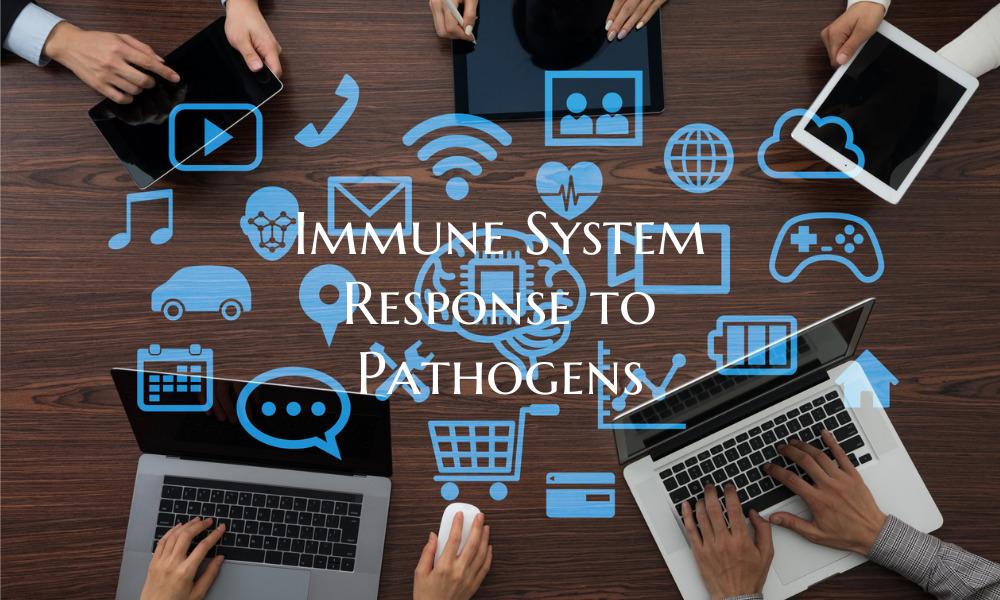Immune System Response to Pathogens
The immune system is a complex network of cells, tissues, and organs that work together to protect the body from harmful pathogens such as bacteria, viruses, and parasites. When pathogens invade the body, the immune system launches a series of defensive responses to identify, neutralize, and eliminate the threat.
One of the key components of the immune system is the white blood cells, specifically the lymphocytes. These specialized cells play a crucial role in the immune response by identifying pathogens and activating the body's defenses. When a pathogen is detected, lymphocytes release antibodies that bind to the invader and mark it for destruction.
In addition to antibodies, another important defense mechanism of the immune system is the production of cytokines. These signaling molecules help coordinate the immune response by activating other immune cells and promoting inflammation to contain and eliminate the pathogens.
The immune response can be divided into two main types: the innate immune response and the adaptive immune response. The innate immune response provides immediate, nonspecific defense against a wide range of pathogens, while the adaptive immune response is a more targeted and specific defense mechanism that develops over time, providing long-lasting immunity.
Overall, the immune system's response to pathogens is a highly orchestrated and dynamic process that involves multiple components working together to protect the body from infection and disease. By understanding how the immune system responds to pathogens, researchers can develop new strategies to enhance immune function and fight off infections more effectively.

